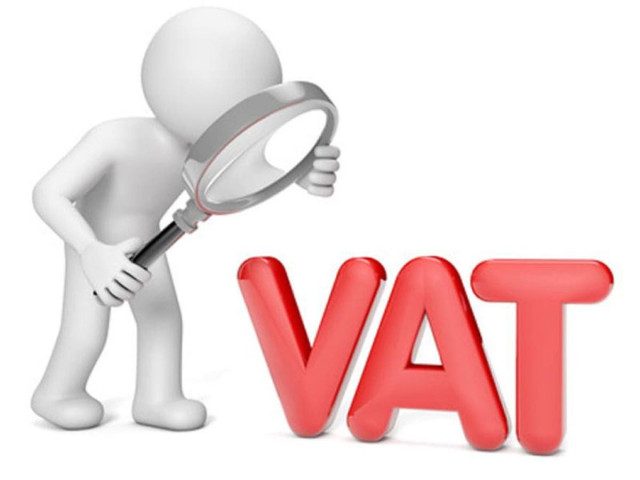Nigeria’s VAT revenue rose to 19.21%, reaching N1.43tn in Q1 2024, while CIT revenue dropped by 12.87%, hitting N984.61bn.
The National Bureau of Statistics (NBS) In the first quarter of 2024, reported that the federal government collected N1.43 trillion from Value Added Tax (VAT), marking a 19.21% increase from the N1.20 trillion generated in the previous quarter of 2023.
During the same period, Company Income Tax (CIT) decreased by 12.87% to N984.61 billion from N1.13 trillion.
The Sectorial Distribution of Value Added Tax for Q1 2024, as released by the NBS, revealed that local consumption tax payments amounted to N663.18 billion, while foreign VAT payments reached N435.73 billion. Import VAT contributed N332.01 billion to the total collection.
Compared to the previous quarter, accommodation and food service activities experienced the highest growth rate at 59.15%, followed by administrative and support activities at 47.79%. Conversely, extraterritorial organizations and bodies had the lowest growth rate at -57.01%, with human health and social work activities following closely at -27.73%.
Manufacturing with 26.72 per cent; information and Communication17.42 per cent; and mining & quarrying activities 15.42 per cent, according for the top three largest contributors to VAT in Q1, the NBS noted.
Nevertheless, activities of households as employers, undifferentiated goods- and services-producing activities of households for own use recorded the least share with 0.01 per cent, followed by activities of extraterritorial organisations and bodies with 0.03 per cent and water supply, sewerage, waste management, and remediation activities with 0.05 per cent.
However, on a year-on-year basis, VAT collections in Q1 2024 increased by 101.65 per cent from Q1 2023.
Similarly, for the companies’ profit tax, local payments accounted for N386.49 billion, while foreign CIT payment contributed N598.13 billion in the review period.
Quarter-on-quarter, activities of households as employers, undifferentiated goods- and services-producing activities of households for own use recorded the highest growth rate with 330.42 per cent, followed by administrative and support service activities with 33.18 per cent.
On the other hand, activities of manufacturing had the lowest growth rate with –70.24 per cent, followed by electricity, gas, steam and air conditioning supply with –69.14 per cent.
In terms of sectoral contributions, mining and quarrying with 20.94 per cent; financial and insurance activities with 18.73 per cent; and information and communication with 12.56 per cent were the top three largest contributors to CIT in Q1.
Nonetheless, the activities of households as employers, undifferentiated goods- and services-producing activities of households for own use recorded the least share with 0.02 per cent, followed by water supply, sewerage, waste management, and remediation activities with 0.07 per cent and Activities of extraterritorial organisations and bodies with 0.24 per cent.
However, on a year-on-year basis, CIT collections in Q1 2024 increased by 109.93 per cent from Q1 2023.




















